
Asian institutional investors eye renewables as shelter from market volatility
About 22% of investors are planning to increase their allocations to the sector by more than 20%.
Asian institutional investors’ interest in the renewable energy sector won’t be waning anytime soon, according to Octopus Investments, which found that 22% of investors are planning to increase their allocations to the sector by more than 20%. Moreover, no one plans to leave the party as according to Hiti Singh, head of institutional funds at Octopus Investments, no one wants to decrease their investment in the sector.
“The key investment drivers for Asian institutions are the opportunity to diversify from volatile financial markets, benefit from long-term yields and to fulfil Environmental, Social and Governance (ESG) criteria,” Singh told Asian Power. “Institutional investors, including pension funds, have long-term liabilities that must be matched and therefore the longevity of renewable assets is particularly attractive.”
In accordance with the Intergovernmental Panel on Climate Change’s (IPCC) warning on rising global temperatures, ESG is becoming increasingly important for pension funds and large institutional investors when evaluating investment opportunities across the globe and across assets, she added. “Emissions are still rising, and institutions are beginning to recognise that environmental sustainability is no longer a box-ticking exercise. This is highlighted by the 78% of Asian respondents who cited ESG as a key investment driver,” Singh said.

Source: Octopus Investments
The most attractive project types according to Asian institutional investors are grid-scale solar power projects, with 45% indicating that they have invested in some. Other investments went to onshore wind power plants (22%), offshore wind power plants (22%), and waste and biomass power plants (11%). Meanwhile, hydropower plants did not seem to be attractive, as zero institutional firms have said they invested in the generation source.
Amongst Asian institutes, 6.1% are planning to invest in the sector, whilst 3.3% already have allocations to renewable energy. They are lagging investors in Europe, the Middle East and Africa (EMEA), however, which have the highest level of current and future allocations, at 5.8% and 8.4%, respectively.
According to Singh, respondents to their survey cited lack of in-house renewable skills and resources within their organisation as a key barrier. “Institutional investors in Asia are most concerned about this, with 40% of respondents listing it as a concern,” she said.

Source: Octopus Investments
Asian institutes also cited inadequate size and scale of organisation (60%), access to investment pipeline (47%) and liquidity issues (40%) as additional challenges. Singh commented, “These challenges point to the requirement for larger specialist managers to facilitate investment into the asset class. Such managers can use their scale and existing pipelines to help provide liquidity whilst leveraging their own in-house team of experts to reduce operational risk and drive improved performance.”
Despite these challenges, two-thirds (67%) of Asian respondents cite diversification as the primary driver into renewable infrastructure. “With the end of the market bull run, investors are looking to alternatives as an opportunity to diversify from short-term uncertainties of the equity markets, due to stable and predictable cash yields generated from these assets. Indeed, Asian renewable energy investors attach particular importance to long-term yields and income, with over three-quarters (78%) citing it as the most important driver,” Singh said.






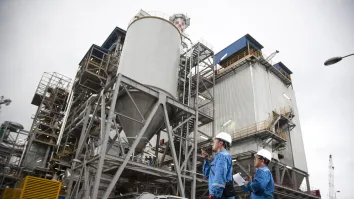
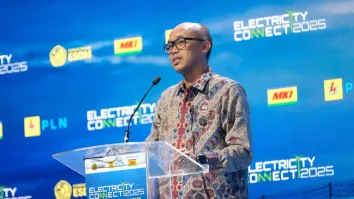


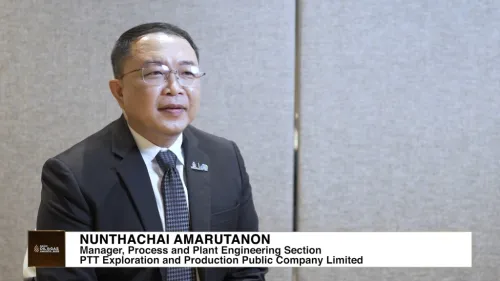
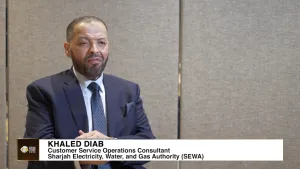
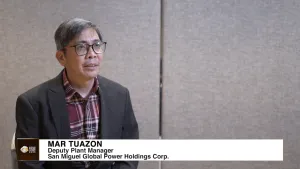
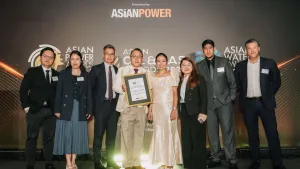
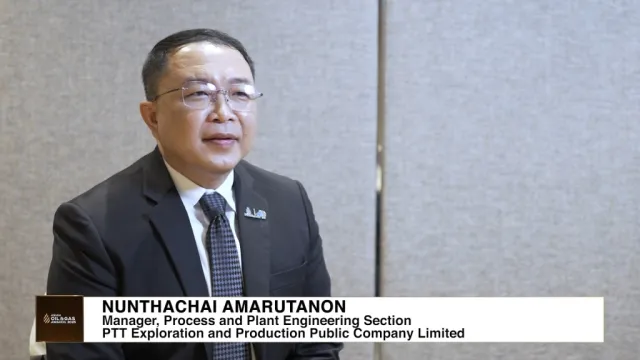

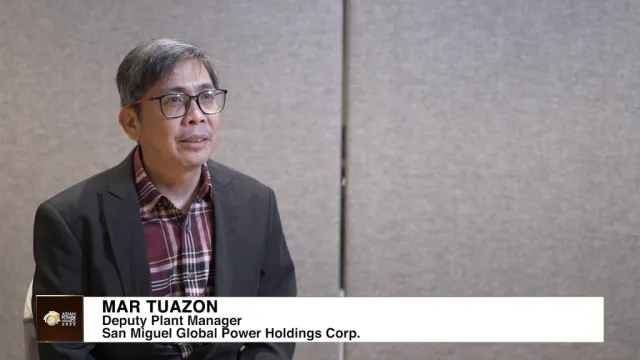
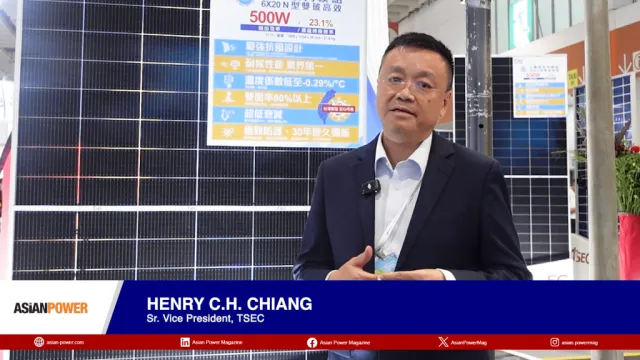

 Advertise
Advertise







